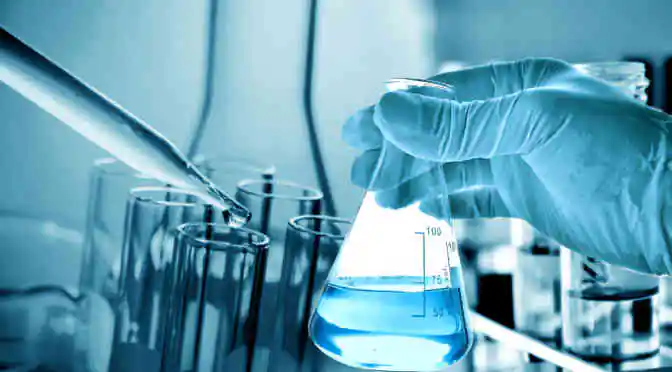It is estimated that silver nanoparticles are one of the most widely used nanomaterials in consumer products. They have antibacterial, antifungal, antiviral and anti-inflammatory properties, making them a unique and exciting product for applications as broad as healthcare, textiles and electronics.
But as these tiny particles gain popularity and prominence in more of the products we use every day, we need to understand how they behave, and how they affect both our health and the environment.
Unfortunately, due to their tiny size, it’s actually quite difficult to establish strict standards and specifications on any nanoparticle, and silver is no different.
Research is being done, but it’s early days yet
Newly published standards from the National Institute for Standards and Technology (NIST) take a stab at pinning down some specifications on silver nanoparticles.
“Silver nanoparticles transform, dissolve and precipitate back into nanoparticles again, combine or react with other materials—our understanding of these processes is limited,” says NIST chemist Vince Hackley in a release announcing the new specifications.
“However, in order to study their biological and environmental behavior and fate, one needs to know one is starting with the same material and not some modified or oxidized version. This new reference material targets a broad range of research applications.”
But despite the work being done by NIST and other standards organizations, there’s still a lot we don’t know about the tiny particles that are infiltrating everything from our socks to disinfectants, water purification, appliances and solar cells.
One of the most troubling issues is that the jury’s still out on whether silver nanoparticles are harmful or not. There’s a lot of research going on regarding the long-term effects of these particles, but so far there is very little conclusive information available.
The University of California Center for Environmental Implications of Nanotechnology recently looked into the effect of silver nanoparticles on marine life, and reported that smaller silver nanoparticles were more likely to enter fish’s bodies, and that they stuck around longer than larger silver nanoparticles or fluid silver nitrate.
Speaking to Phys.org, one of the study’s lead authors, Sijie Lin indicated that the results should push companies using silver nanoparticles to strike a balance that recognizes their benefits and their potential as a pollutant.
However, these cautions and the small amount of available information isn’t enough to deter growth of the global silver nanoparticle market, which is expected to more than double in value, growing by $760 million by 2019.
Properties of silver nanoparticles
They may be tiny, but they sure are mighty. Silver nanoparticles have been found to have the following properties:
- Antibacterial: They are an effective biocide against bacteria including gram negative and gram positive bacteria.
- Antifungal: They act against fungal infection and can be used to prevent infection in patients
- Antiviral: They can also act against viruses
- Anti-inflammatory: They induce apoptosis of inflammatory cells and therefore help against inflammation
- Diffusion through glycoprotein film
- Prevention of biofilm formation
- Surface plasmon resonance
- Metal-enhanced fluorescence: They are used in DNA/RNA detection and immunoassays
- Plasmonic heating: They are used in laser treatment
- Electrical conductivity
This huge array of properties are making silver nanoparticles a staple in a lot of consumer products. Most people are already familiar with their antimicrobial uses—in socks, for example, to help decrease foot odor—but there are a huge number of other applications emerging for tiny silver nanoparticles.
Silver nanowires-based transparent conductors
Transparent conductors are used in touchscreens, liquid crystal displays, photovoltaics, and OLEDs. ITO (Indium tin oxide) is currently used to make these conductors, however resources are running out. Over the forecast period, silver nanowires are expected to replace ITO thanks to their highly conductive properties, and the fact that less silver is needed to make a touchscreen compared to indium.
Nano silver in environmental monitoring of pathogens
Ironically, even though there are big concerns about their impact on the environment, fluorescent silver nanoparticles (coupled with other magnetic nanomaterials) can be used to monitor environmental contaminants and detect pathogens in water. It should be noted here that while these methods are possible, they’re still in development, and the silver nanoparticles would require treatment to reduce their own toxicity before being introduced into the environment.
And this is just a taste of the potential of the tiny particles.
Silver nanoparticles are also being used for novel cancer treatments, wound healing, miniaturization of electronics and creating longer shelf lives for food. It’s fair to expect more and more industries to dedicate R&D dollars to developing further applications for nanomaterials through the forecast period.



